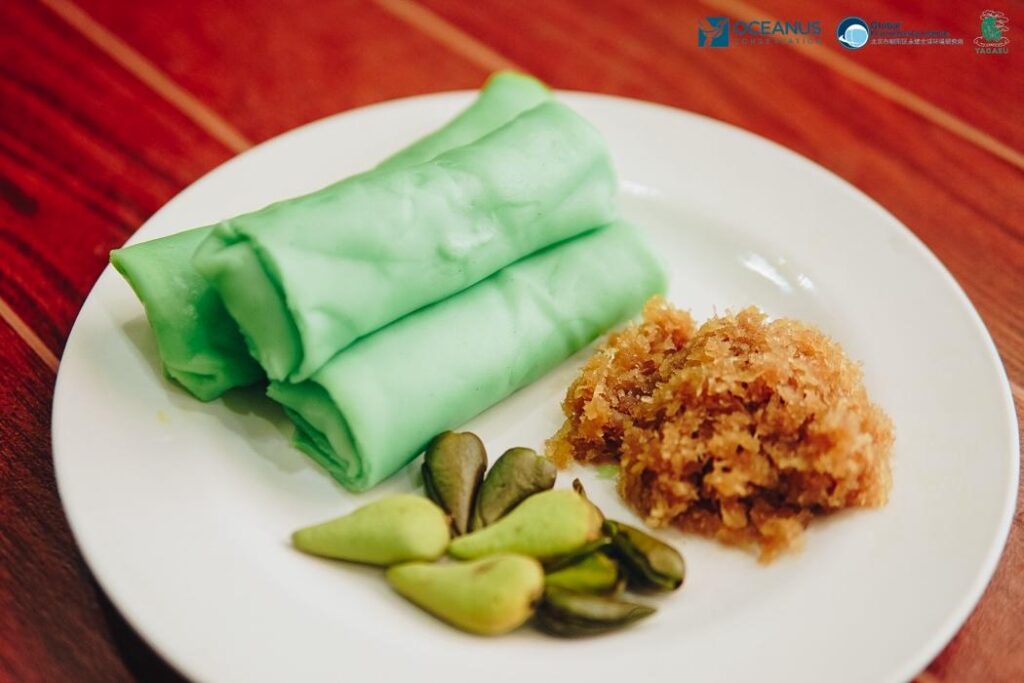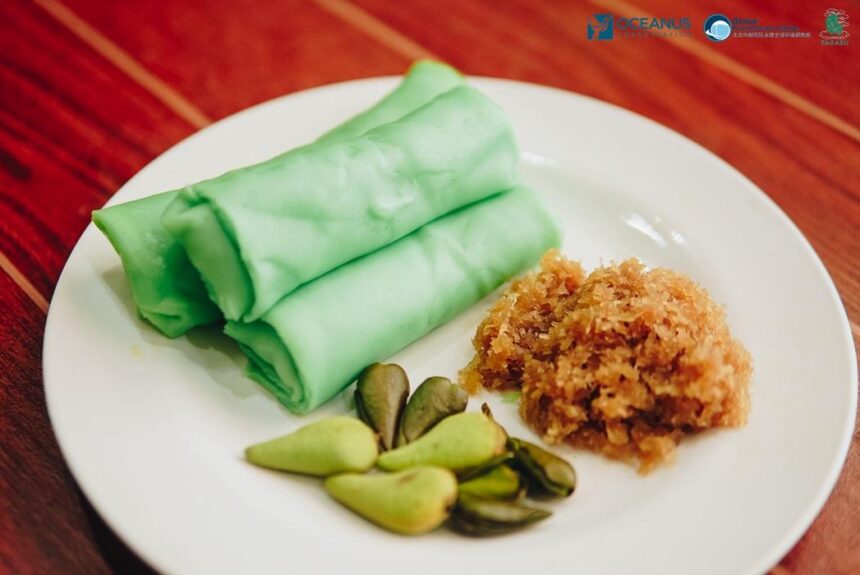For the past five years, Oceanus Conservation has been at the forefront of mangrove restoration and conservation in the Philippines. As one of the pioneering NGOs in this field, many see restoration efforts as a simple act of planting trees, efforts have often prompted the question: “After all the planting, what will we gain?”
Why Non-Timber Mangrove Products?
This question found a powerful answer in the launching of first-ever training in the Philippines that focused on non-timber products from mangroves titled as, “PAG-USWAG SA KATUNGGAN: Training on Sustainable Non-Timber Mangrove-based Products” which brought together 24 participants coming from our four (4) partner communities around the country such as the Kapunungan sa Gagmay’ng Mangingisda sa Concepcion (KGMC), Dawa-dawa Aquatic Mangrove Reforestation Association (DAMRA), Bitaugan West Fisherfolks Association, Barangay Aras-asan Fisherfolks Association (BAFA), LGU-Kabasalan, held last April 21-23, 2025 at Kabasalan, Zamboanga Sibugay.
Participants during the “PAG-USWAG SA KATUNGGAN: Training on Sustainable Non-Timber Mangrove-based Products” held at Kabasalan, Zamboanga Sibugay.
Essential training kits provided to support hands-on learning during the three-day workshop.
Hands-on Training: Recipes and Innovation
This initiative emphasized not only the ecological value of mangroves but also their untapped potential to support sustainable, community-based livelihoods. While mangrove-based non-timber forest products (NTFPs) are widely recognized globally, the Philippines has yet to explore their full potential. Currently, Nypa fruticans “Nipa” vinegar remains the most commonly produced and marketed NTFP, with N. fruticans palm leaves traditionally used for thatching and its sap fermented into tuba or distilled into lambanog, a local alcohol famous in the Provinces.
To expand this underutilized potential, the hands-on training guided participants through the development of diverse mangrove-based NTFPs using fruits from three key species: Avicennia spp., Sonneratia spp., and Nypa spp. These raw materials were processed into flour and syrup, which served as base ingredients for 16 innovative recipes, including:
- Dawat Drink
- Avicennia Pudding
- Dadar Gulung (Rolled Pancake)
- Klein (Green Ball Munchies)
- Sue Lapis Warna-Warni (Layered Cake)
- Kolak Nypa (Coconut Soup)
- …and more!
Each dish reflected the flavors of both the forest and community.
Showcase of some of the innovative mangrove-based products.
Participants in action during the hands-on cooking sessions of the training.
Participants in action during the hands-on cooking sessions of the training.
These activities not only demonstrated the culinary potential of mangrove-based ingredients but also opened doors to sustainable livelihood alternatives for coastal communities.
Voices from the Field: Empowering Communities
Additionally, during the training, Ms. Miladel Capitaña, the Municipal Agriculture Officer (MAO) of Kabasalan, shared an insightful reflection, stating:
“Finally, we can have tangible products that answer the question, ‘After all the planting, what will we gain?’”
She expressed her enthusiasm for the initiative, noting that it would shift the focus from simply planting mangroves to creating meaningful products. In addition, Ms. Capitaña suggested the importance of having thorough discussions and establishing policies on the sustainable harvesting of mangrove fruits. She emphasized the need to develop these policies before spreading the concept to ensure the protection and longevity of the mangrove ecosystem.
Ms. Miladel Capitaña, MAO of Kabasalan, shares insights on bridging mangrove restoration with livelihood development.
The training culminated in a storytelling session, during which the participants learned the basics of photography and how to tell stories through images. It also included a mini cooking contest, during which participants showcased their skills with recipes such as Vegetable Pastel, Risottos, Candy Jelly, putri salju (Snow Princess), Telur Gabus (Cheese Stick), Donuts, Perut ayam (Churros), and Peanut Cookies.

Dadar Gulung (Rolled pancake) —- wrapper made from Avicennia flour.
Peanut cookies made of Avicennia flour.
Vegetable Pastel Avicennia and Risoles— from Avicennia spp.
Next Steps for Sustainable Harvesting
This impactful training was made possible through the generous support of Synchronicity Earth, co-financed by the Global Environmental Institute (GEI). We were also honored to have invited speakers from Indonesia, the YAGASU Foundation, our dedicated partner in the East and Southeast Asia Community Conservation Network (EASACCN). Their expertise and shared commitment to community-led conservation enriched the experience, offering valuable skills, knowledge, and inspiration to all participants.
Fauzia Damayanti and Grace Yanti, representatives of the YAGASU Foundation, served as our guest speakers for the training.
Delegates of Oceanus Conservation and YAGASU Foundation are collaborating in the livelihood training.
Through these collaborative efforts, the training became more than just an event; it marked a meaningful step toward building resilient, sustainable, and empowered coastal communities across the Philippines!
Building a Future of Shared Stewardship
Oceanus Conservation’s work in mangrove restoration isn’t just about growing trees—it’s about growing futures. By exploring the economic, ecological, and cultural value of mangrove-based NTFPs in the Philippines, we plant the seeds for resilient and empowered coastal communities.
Want to be part of this movement? Learn how to support or partner with Oceanus Conservation. Email us at info@oceanusconservation.org
Written by Fae Ucat


